- HOLA
- Buenos días, Buenas tardes y Buenas noches
- Qué día es hoy? (What day is today?) Hoy es Martes 27 de Enero de 2009
 El Tiempo hoy (The weather today):
El Tiempo hoy (The weather today):
Hoy está soleado (It’s a sunny day). Soleado (Sunny). Hay SOL (Sun)
Y hay nieve (snow) y hace mucho frío (it’s very cold).
- Leer en Español: (Reading in Spanish)
We learn the five vowels in Spanish, singing them rhytmically. First all together, then each of them repit with me and alone:
A E I O U
They are very clearly different sounds one to the others and there is no middle sounds between them, they are only five, and they always sound the same, no matter the word they are part of. We insist in how different our mouths should be when we reproduce each of thouse sounds.
Having those sounds now we add the consonants and it’s very easy to read a simple sentence, even if we don’t know the meaning of some words!:
MI MAMA ME MIMA
I explain to them how easy is to read in Spanish, and how different is the process to learn how to read in Spanish versus in English.
We practice reading with words that they already know. I make them identify these words, writting them in the board:
UNO DOS TRES CUATRO CINCO SEIS SIETE OCHO NUEVE DIEZ
In turns, each of them aproches the board and write the digit of the word that I point out, after “reading” that word. Then that student point out another word to be indentified and the next student to try.
Now we remember the words for the body parts in Spanish with that song: “Head, shoulders, knees and toes,….” but in Spanish. We sing the song several times, all together first, then some of them that I see they need to practice more, then maybe some of them alone, all together again very fast… and they all have a lot of fun while learning…
As with the numbers, I write on the board the words for the body parts we just remembered:
CABEZA HOMBROS RODILLAS PIES
OJOS OREJAS BOCA NARIZ
And we play the same way: I point a first student to aproach the board, and read the word I choose and after reading it, he or she has to point that body part on her or his body. That student then point another one to aproach the board and the next word to be read and identified… and so on.
Some of the students are travelling to California and México very soon. I show all of them to identify some words that can be of interest for them! They try to read:
HELADOS (Ice cream)
PARQUE (Playground)
CINE (Theater)
.
 El Tiempo hoy (The weather today):
El Tiempo hoy (The weather today): El Tiempo hoy (The weather today):
El Tiempo hoy (The weather today):

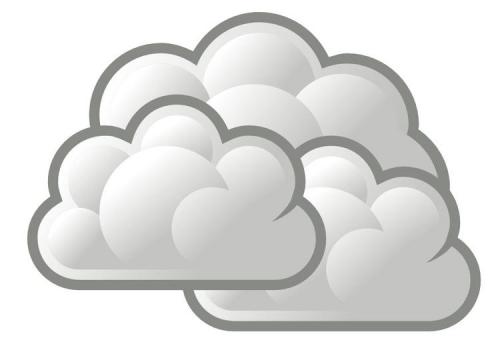 El Tiempo hoy (The weather today):
El Tiempo hoy (The weather today):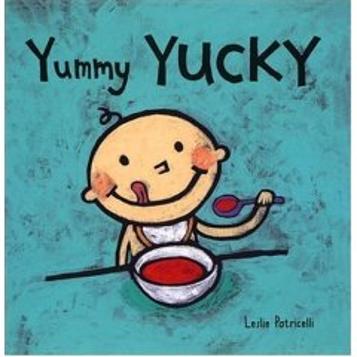 Pelo (Hair)
Pelo (Hair)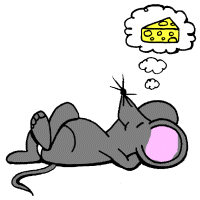

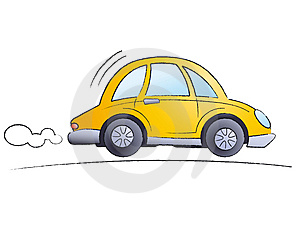
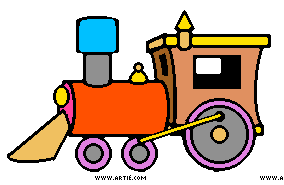

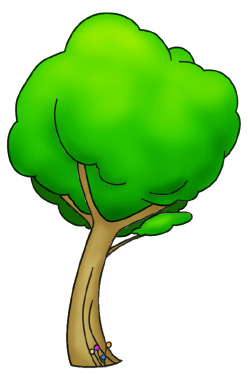 Hojas (leaves)
Hojas (leaves) Cuernos (horns)
Cuernos (horns)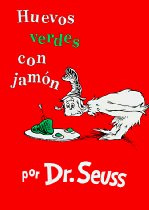 Huevos Verdes con Jamón (Green Eggs and Ham) by Dr. Seuss
Huevos Verdes con Jamón (Green Eggs and Ham) by Dr. Seuss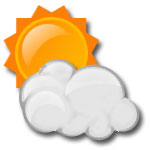 El Tiempo hoy (The weather today):
El Tiempo hoy (The weather today):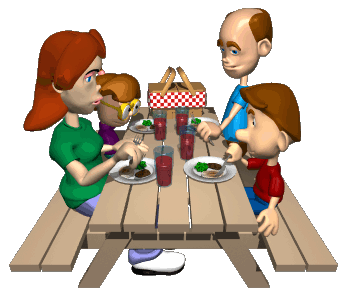
 Vaso (Glass)
Vaso (Glass) Quién me arropará esta noche? (Who will tuck me in tonight?) by Carol Roth (Bedtime stories, NorthSouth Books)
Quién me arropará esta noche? (Who will tuck me in tonight?) by Carol Roth (Bedtime stories, NorthSouth Books) El Tiempo hoy (The weather today):
El Tiempo hoy (The weather today):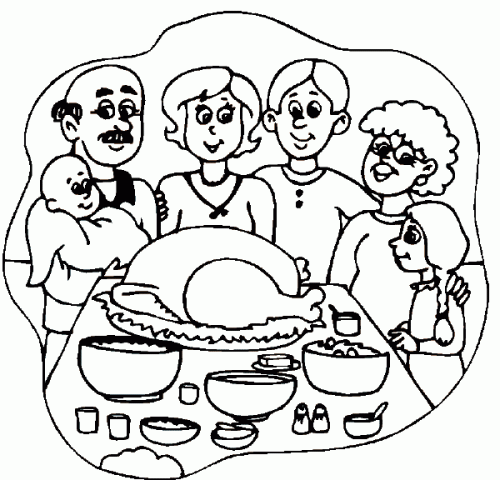
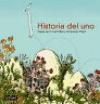 Cuento (Story time):
Cuento (Story time): El Tiempo hoy (The weather today):
El Tiempo hoy (The weather today):

 Papá (Dad)
Papá (Dad) ROJO (Red) – Fresa (Strawberry)
ROJO (Red) – Fresa (Strawberry) AMARILLO (Yellow) – Banana
AMARILLO (Yellow) – Banana AZUL (Blue) – La Tierra (The Earth)
AZUL (Blue) – La Tierra (The Earth) VERDE (Green) – Aguacate (Avocado)
VERDE (Green) – Aguacate (Avocado) NARANJA (Orange) – Naranja (Orange)
NARANJA (Orange) – Naranja (Orange) BLANCO (White) – Nieve (Snow)
BLANCO (White) – Nieve (Snow) NEGRO (Black) – Araña (Spider)
NEGRO (Black) – Araña (Spider)

 Cuento (Story Time): “¿Quién salta?” (Who jumps?)
Cuento (Story Time): “¿Quién salta?” (Who jumps?)
